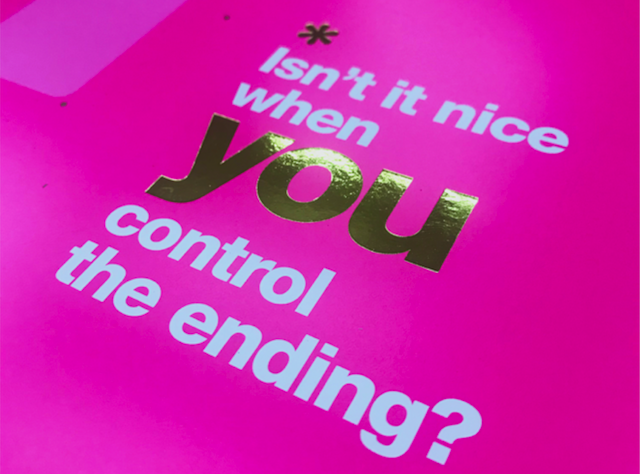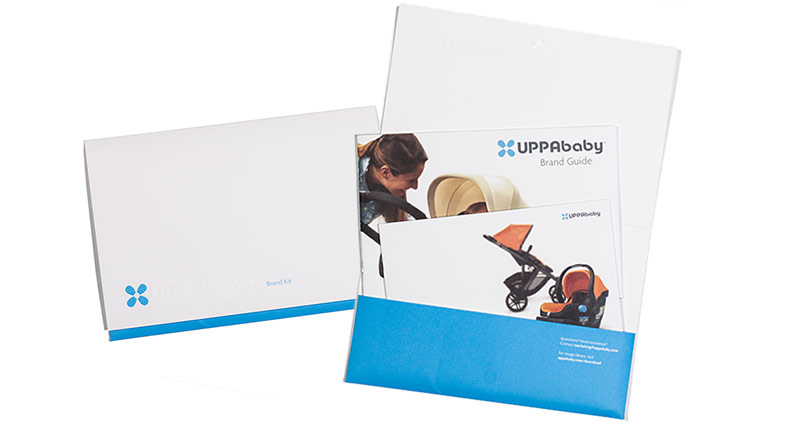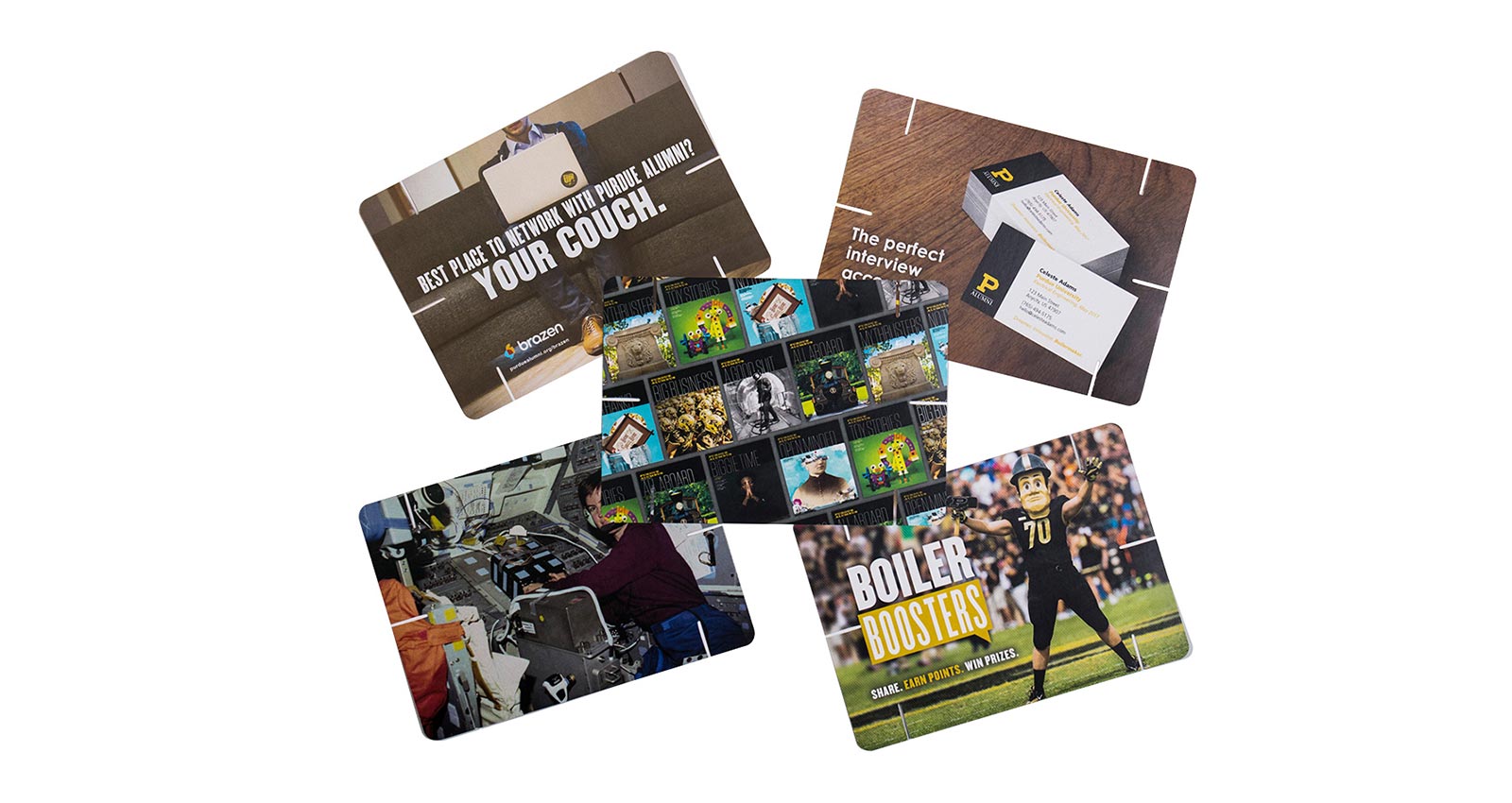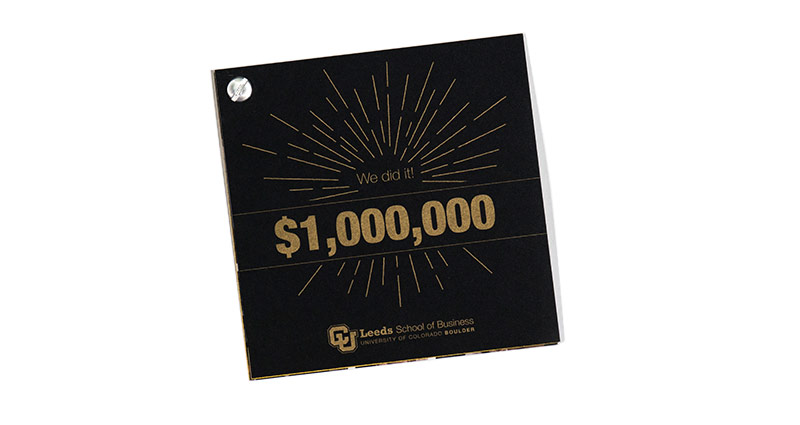- 855.696.4646
- Cart
- Chat
- Request a Quote
- Upload Files
-
Click here to create the postcard of your dreams.
Click to explore brochures of all shapes and sizes.
Click here to get started.

From brochures and pamphlets to prescription pads and practice-wide business cards, Mingo can print glossy, super-fine copy on whatever promotional surface you like.
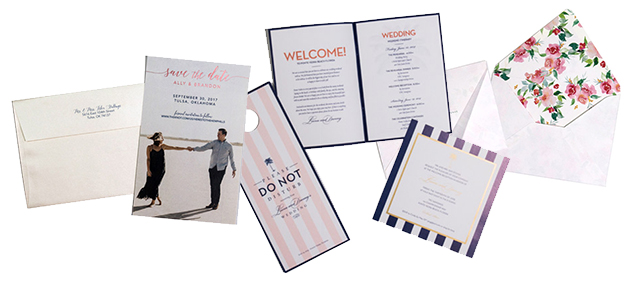
Whether you’re throwing a wedding, reunion, retreat, or conference, let Mingo be your lifeline for invitations, table tents, banners, and beyond.
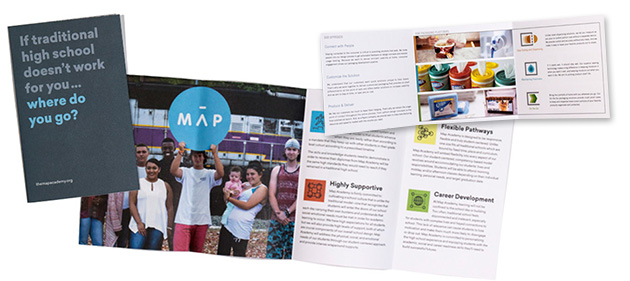
What would a university be without a motto? Ours is pretty simple: unbeatable university printing, served with a smile.
We’re here to help you put what’s in your head on paper. We do things a little differently than most. You see, we’re not an online printer. We’re a printer that is now online. And we’ve taken the same philosophy to the web that we’ve had in our shop for 35 years.
Thank you so much for all of your help with our printed pieces for Dreamforce. Everything looked great and was the best quality. I look forward to working with you in the future.
I wanted to thank you for printing and shipping those rack cards out to me so quickly. They turned out beautifully (as I expected and knew they would).
